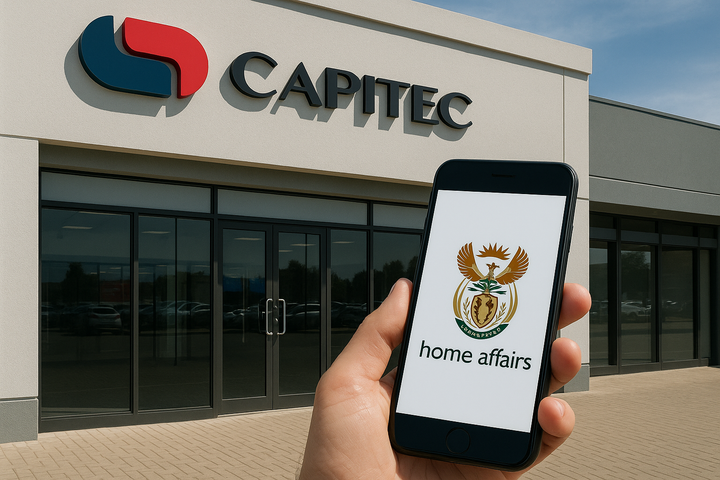How to PayShap like a pro and stop overpaying on bank fees
South Africans are done paying premium prices for basic banking. PayShap isn’t the silver bullet, but it’s the smartest option if you know how to use it.


Paying instantly should not cost more than your coffee. Many South Africans still use PayShap for tiny transfers and are clipped by bank pricing.
If you want to squeeze more value out of your day-to-day payments, keep the retail-coin noise in perspective and follow the options that work now. While the digital rand pilot remains a policy experiment, PayShap and EFTs do the heavy lifting for ordinary transfers.
If your goal this month is to spend less on effort, you don't need a spreadsheet marathon. Do a quick monthly money audit straight from your banking app, identify repeat charges, and then fix your payment habits where necessary.
PayShap is instant and convenient, yet it is not automatically the cheapest option every time. The trick is to match the option to the job: use PayShap when time matters, use a normal EFT when it does not, and pick the bank that prices PayShap fairly for low values.
Know the numbers in 2025
- Per-payment limit. PayShap caps a single payment at R3,000.
- Bank pricing differs:
- TymeBank keeps PayShap to cellphone numbers free up to R3,000;
- Standard Bank lists R1 for values under R100, R7 for R100–R1,999.99, and a higher tier above R2,000;
- Absa charges R0.50 per R100, capped at R7.50 for PayShap to accounts, while PayShap to a ShapID is free under R100 to drive adoption;
- African Bank shows R0 for < R200, then R3.50 up to R3,000;
- Capitec often separates “immediate payment” fees from PayShap fees; check both before you tap.
Reality check: banks also tweak app defaults. Absa was flagged for sneakily defaulting some “pay other bank” flows to PayShap, which can lift the fee you pay if you simply tap through. Always check the option before you confirm.
South Africa-proof tactics to stop bleeding fees
1) Use the right option for the right transfer
- Non-urgent to another bank? Choose a standard EFT. It is slower, but usually cheaper than PayShap for mid-value transfers;
- Urgent, small, or to a phone number? Use PayShap. It processes in seconds and solves the “what’s your account number again?” problem. Scheme limit: R3,000 per payment.
2) Optimise by bank, not habit
- TymeBank for free small PayShap transfers to phone numbers;
- Standard Bank for micro-payments under R100;
- Absa users: avoid unnecessary PayShap transactions to accounts for larger values; stick to PayShap to ShapID for amounts under R100 when you want instant and nearly free transactions.
3) Crypto on-ramps: fund smarter
Buying R500 of XRP or topping up Bitcoin on a local exchange? Most SA platforms accept Instant EFT via payment providers that settle quickly. Compare the exchange’s funding options and your bank’s fee table before you transfer money.
4) Split by value, not by emotion
- Under R100 often appears as the cheapest option on PayShap at certain banks;
- R100–R1,999 can reach the flat-fee tier; decide if speed is worth it;
- Above R2,000 in a single shot may trigger the pricier bracket; two ordinary EFTs can be cheaper if you can wait.
5) Always pay to a ShapID when possible
Paying to a registered cell number is easier (and at some banks, cheaper) than paying to an account number for small values.
Quick fee snapshot you can act on today
- TymeBank to ShapID: R0 up to R3,000;
- Standard Bank: R1 under R100, R7 under R2,000, higher tier above that;
- Absa: R0.50 per R100 capped at R7.50 to accounts; free under R100 to ShapID;
- African Bank: R0 < R200, then R3.50 up to R3,000.
Keep an eye on your bank’s 2025 pricing PDFs and update your mental model quarterly. Most publish detailed fee tables; it is the cheapest financial self-care you can do.





Comments ()